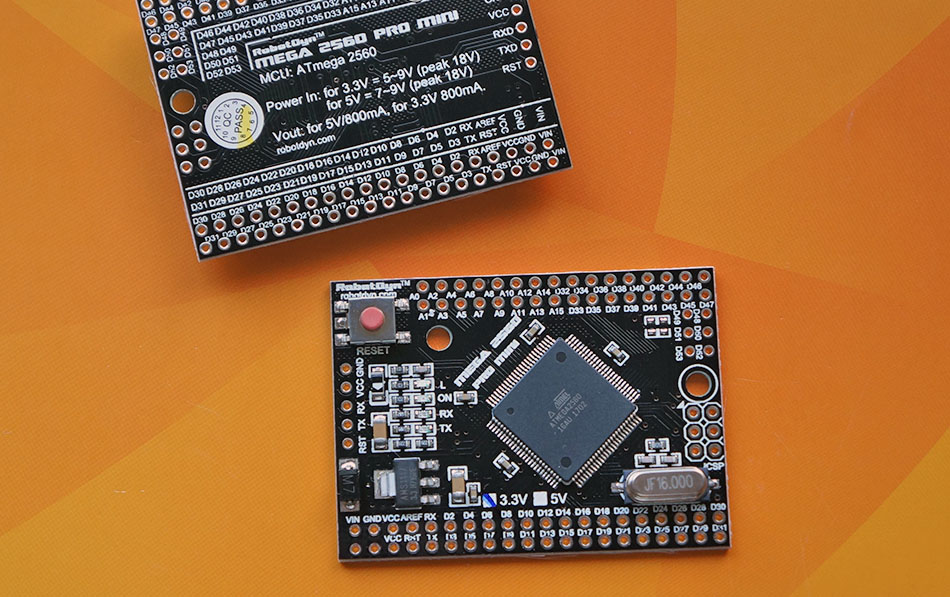
yeah baby yeah !! … 4 hardware uarts in a little box 
3V3 PRO MINI version of Mega 2560. Built on the Atmel ATmega2560 microcontroller.

yeah baby yeah !! … 4 hardware uarts in a little box 
3V3 PRO MINI version of Mega 2560. Built on the Atmel ATmega2560 microcontroller.
Nice. And standard 16MHz with 3.3V instead of just 8MHz like Pro Mini.
So, do you have any special application in mind with 4 UARTS? 
![]()
uart 1 - debug / program
uart 2 - GPS
uart 3 - Nextion touchscreen
uart 4 - LoRa module
we’ve just sent you a post on twitter about when we can get hold of one for testing
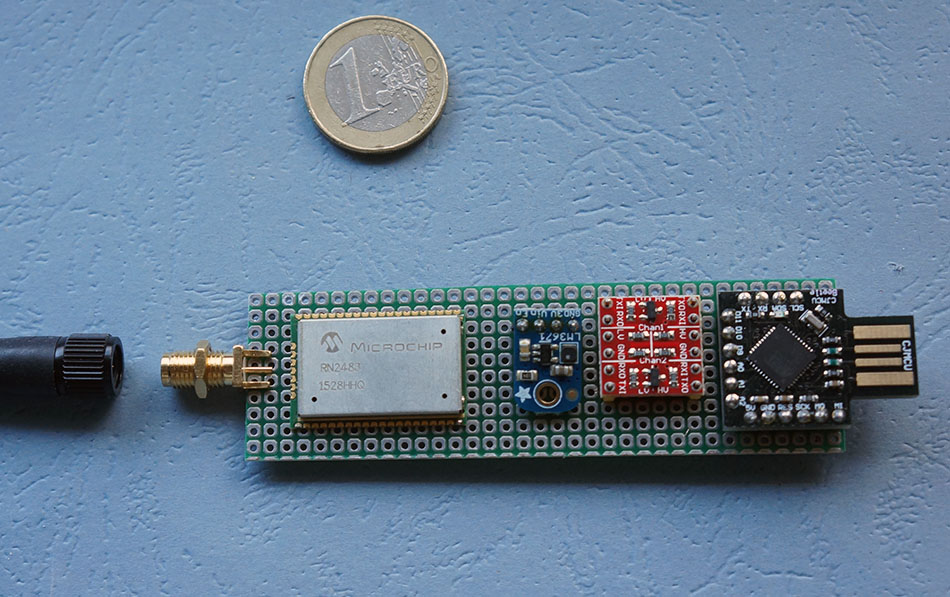
proto TTN stick software compatible with The Things Uno 
32U4 / levelshifter / dc dc 3v3 stepdown / rn2483
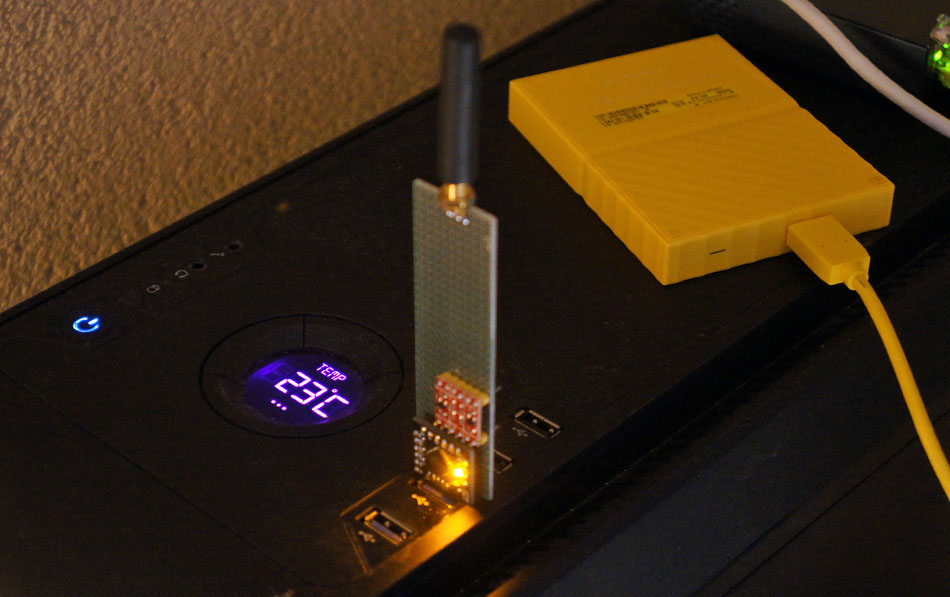
use case : developper stick / demo node on the go
Smart looking thing with that integrated connector.
If I may ask, why would you use a levelshifter and a stepdown? Isn’t either enough?
the TTN stick gets its power from the USB bus which is 5 V (this node has no battery connection)
32U4 the (leonardo) processor operates on 5 v but the LoRa module RN2483 on 3v3.
so the stepdown is to make 3v3 from the 5v and the level shifterr is to ‘level’ the UART signals
in the final node I don’t use the fancy buck/boost module but a simple stepdown converter.
there will be some more things on the protoboard like an rgb led and a reset button (need that for programming the thing)
my problem is that I get an idea and start immediate with it… that’s why all my tables are full 
Your workbench must be a ton of fun for a tinkerer.
So a level switcher is just for data but not for actual power? I thought you could a level shifter to do 5v -> 3v3 to also drive/power things. Not at all or only limited?
whats new in the ‘A’ version?
If I’m not mistaken, it has to do with the tolerance of the cristal inside, they improved that.
The famous’cold’ problem, and it’s getting winter here in Holland, so I didn’t want to use my ‘old’ stock.
But my outdoor testnode is running on a older rn2483 version and still everything is ok… waiting for minus 5 
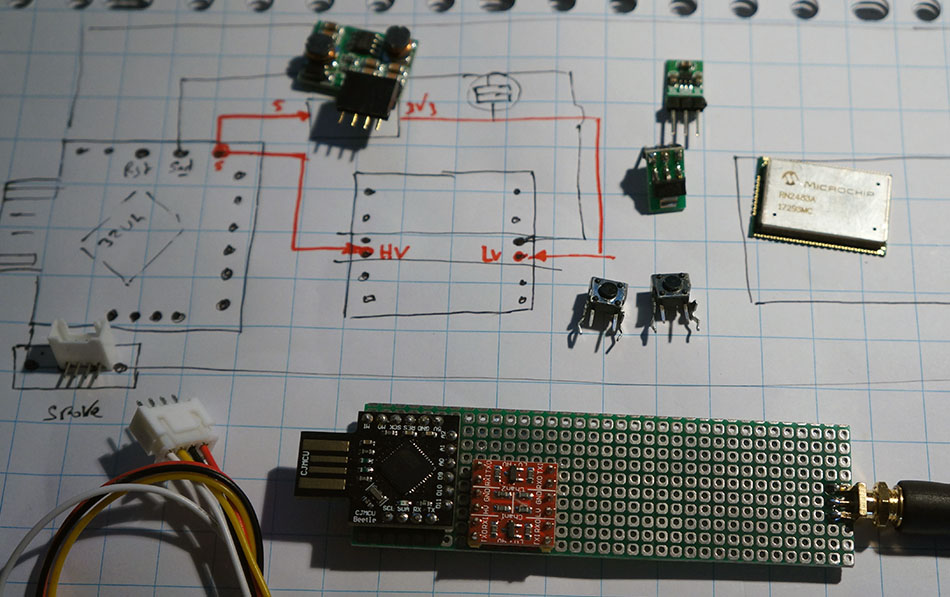
using 'analog design tools 
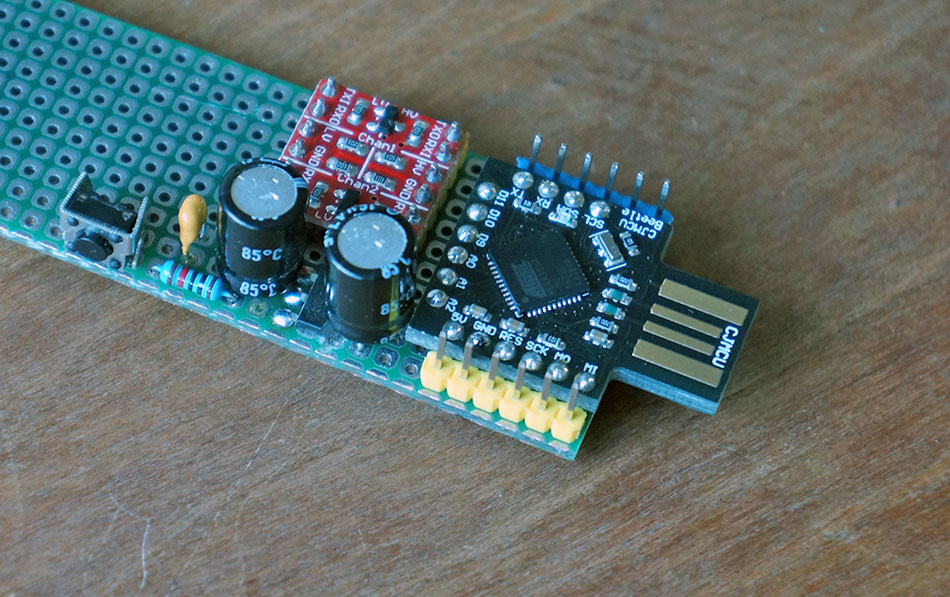
5v - 3v3 - reset - levelshifter
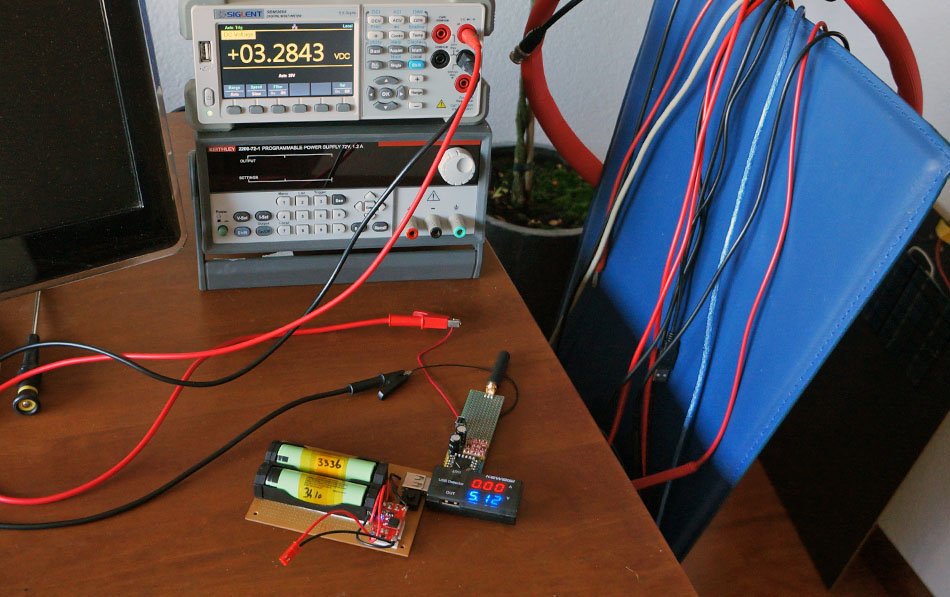
everything works… last part now is mounting the rn2483A
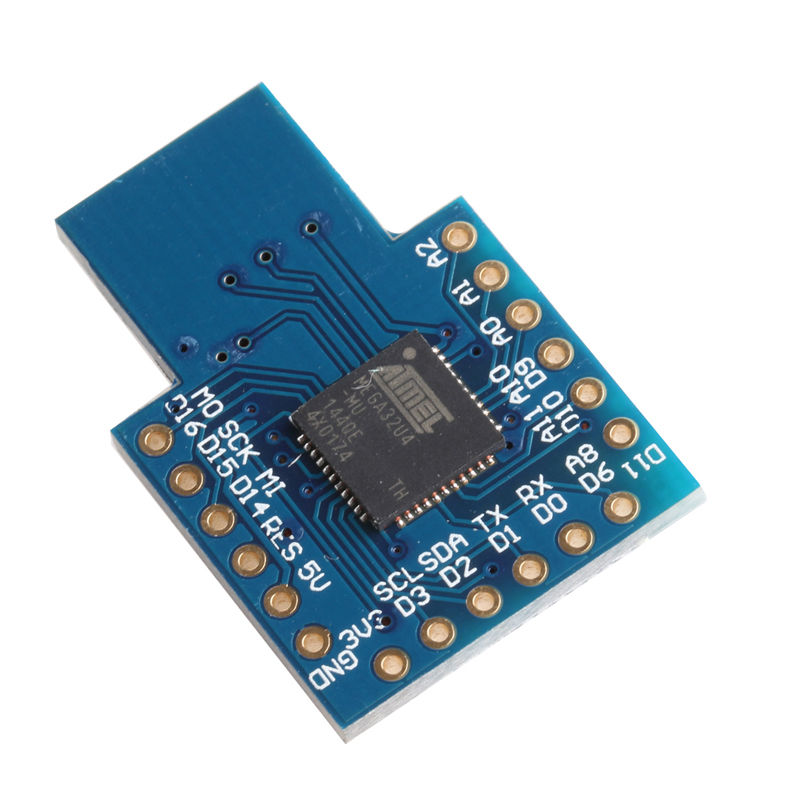
update 2018 
that’s not true … the GPIO is still 5v so you need a level shifter to connect it to rn2483 or rak811
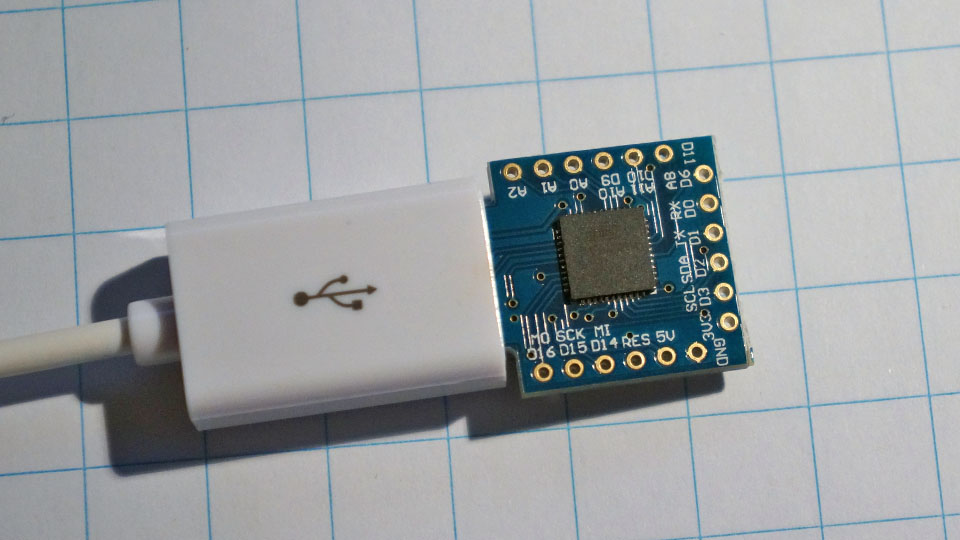
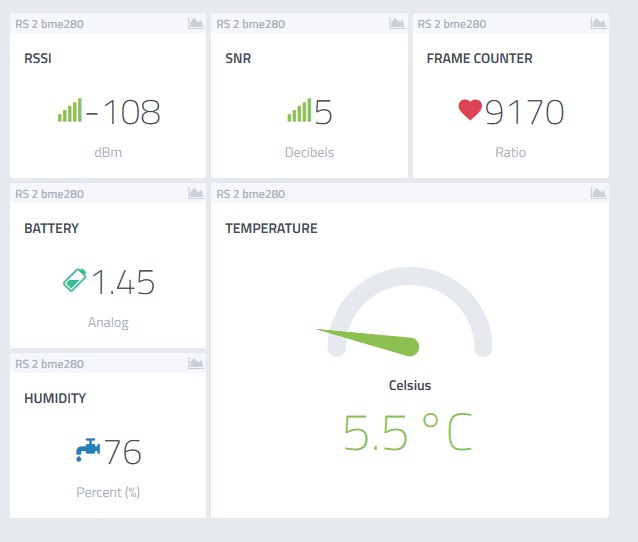
32 days… and still going strong on a 1.5 AA battery 
My Rocket sample is on its way now, are you using custom code? or their supplied code.
ah nice, I use the code supplied a few post back here ( but it works only with an bme280 sensor)
if we talk about the beta board
Looking at the code it wakes every 8 seconds to then go back to sleep on a loop for x minutes, as the Rocket device works off a 1.5v battery I assume its using a boost converter on the board too?
I’m assuming this approach is no good on the cheap Lora324u boards due to the lack of memory space
No this works different then the widely used 'counting loops for timing.
The RN2483 is brought to sleep ttn.sleep(SLEEP_PERIOD); and wakes up the 328p with an interrupt attachInterrupt (digitalPinToInterrupt(2), awake, LOW);
The max sleep period is determined by the Microchip module and is 49.7 days.
This works only with the RN2483 and the TTN library
and off course the LoW Power lib from the same company
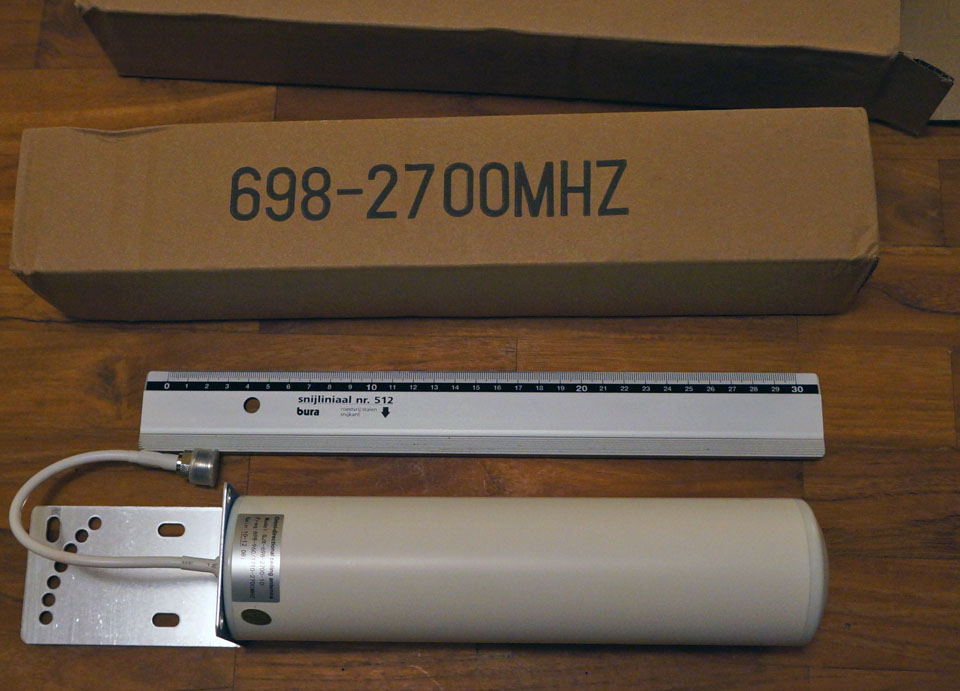
by mistake bought 2 of these … 
* useless for lorawan
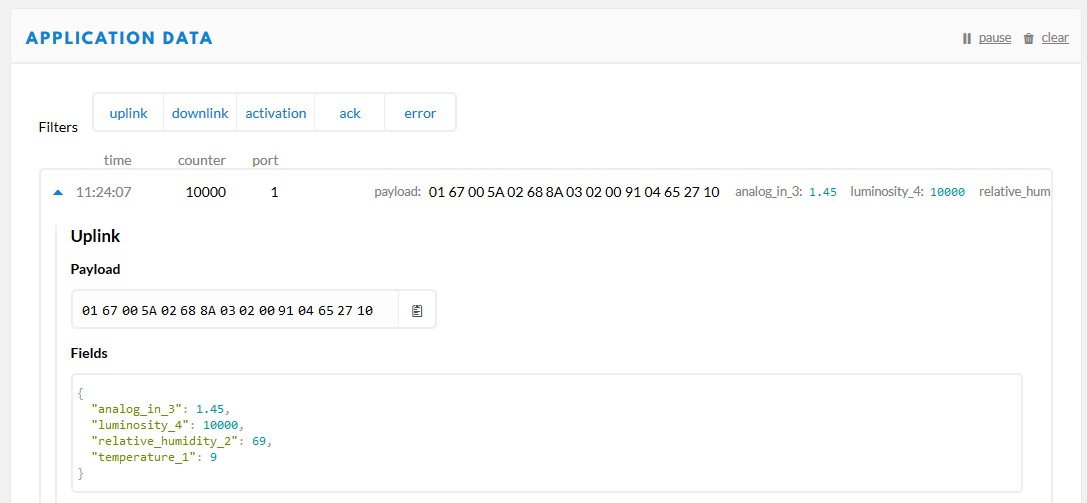
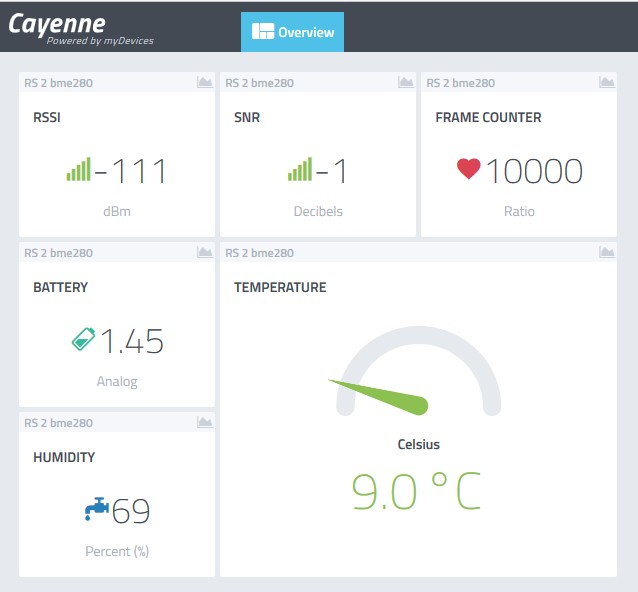
the 10k th payload arrived … no errors on the TTN backend, integration with Cayenne works flawless 
Is there a boost converter on the node or how can you power it with only 1.5V?